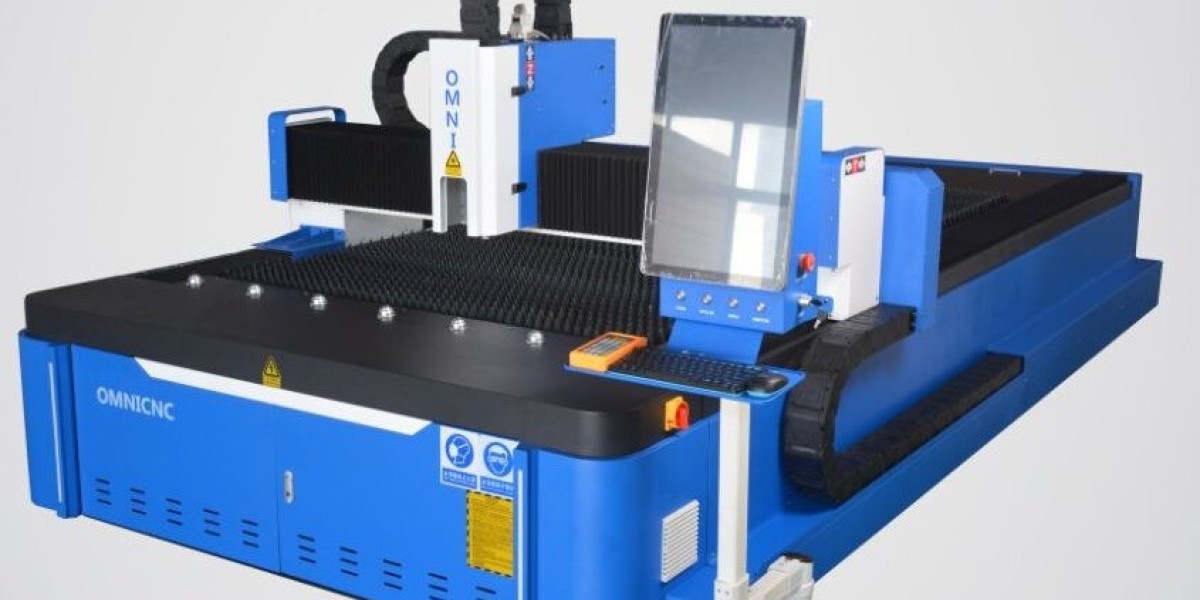Laser cutting is a highly advanced manufacturing process that uses a concentrated beam of light (laser) to cut, engrave, or shape materials with precision. Unlike traditional cutting tools such as blades, saws, or drills, laser cutting is a non-contact method, meaning the tool never physically touches the material. Instead, the laser beam heats, melts, or vaporizes the material along a defined path, creating a clean and precise cut.
This technology is widely used in industries like automotive, aerospace, construction, electronics, and medical equipment manufacturing, where accuracy, efficiency, and flexibility are crucial.
How Laser Cutting Works
The process starts when a high-powered laser beam, generated from a laser source, is directed through mirrors or fiber optics onto the material’s surface. The concentrated light has enough energy to melt or burn the material at the focal point. A jet of gas—often oxygen, nitrogen, or air—is used to blow away the molten material, leaving behind a smooth edge.
The entire process is typically computer-controlled (CNC laser cutting), allowing for precise and repeatable results with minimal human error.
Types of Laser Cutting
CO₂ Laser Cutting
Uses carbon dioxide gas as the laser medium.
Ideal for non-metals like wood, plastics, glass, textiles, and paper.
Provides smooth cutting edges.
Fiber Laser Cutting
Uses optical fibers doped with rare-earth elements to create the laser beam.
Excellent for cutting metals such as steel, aluminum, copper, and brass.
Offers higher efficiency, lower maintenance, and faster cutting speeds.
Crystal Laser Cutting (Nd:YAG / Nd:YVO)
Extremely powerful and suitable for thick or tough materials.
Commonly used in medical, military, and high-precision applications.
Advantages of Laser Cutting
Precision and Accuracy
Laser cutting produces extremely accurate cuts with tolerances as small as 0.1 mm, making it perfect for industries requiring intricate designs.Versatility
It can cut through a wide variety of materials including metals, plastics, wood, ceramics, and fabrics, offering unmatched flexibility.Smooth Finish
Edges are clean, burr-free, and often don’t require secondary finishing, which reduces production time.High Efficiency
Computer-controlled systems allow for fast operation and consistent quality, reducing material waste.Complex Designs
Lasers can cut detailed shapes, curves, and patterns that would be impossible with traditional cutting tools.
Applications of Laser Cutting
Automotive Industry: Cutting car parts, dashboards, and intricate metal components.
Aerospace: Producing lightweight, precise metal parts for aircraft.
Electronics: Cutting delicate circuits and components.
Medical Field: Creating surgical tools, implants, and intricate devices.
Construction & Signage: Cutting architectural elements, signage, and decorative patterns.
Jewelry & Fashion: Engraving and cutting precious metals, fabrics, and leather.
Why Industries Prefer Laser Cutting
Industries choose laser cutting for its ability to reduce costs, improve productivity, and maintain consistent quality. Since the process is automated and flexible, it reduces the need for expensive tooling and speeds up production timelines. Additionally, its ability to handle both small prototypes and large-scale production makes it valuable for businesses of all sizes.
Final Thoughts
Laser cutting has transformed modern manufacturing by combining speed, precision, and versatility. From intricate jewelry designs to massive aerospace components, laser technology provides unmatched efficiency compared to traditional cutting methods. As industries continue to demand higher precision and eco-friendly solutions, laser cutting is set to remain a cornerstone of advanced production technologies.








